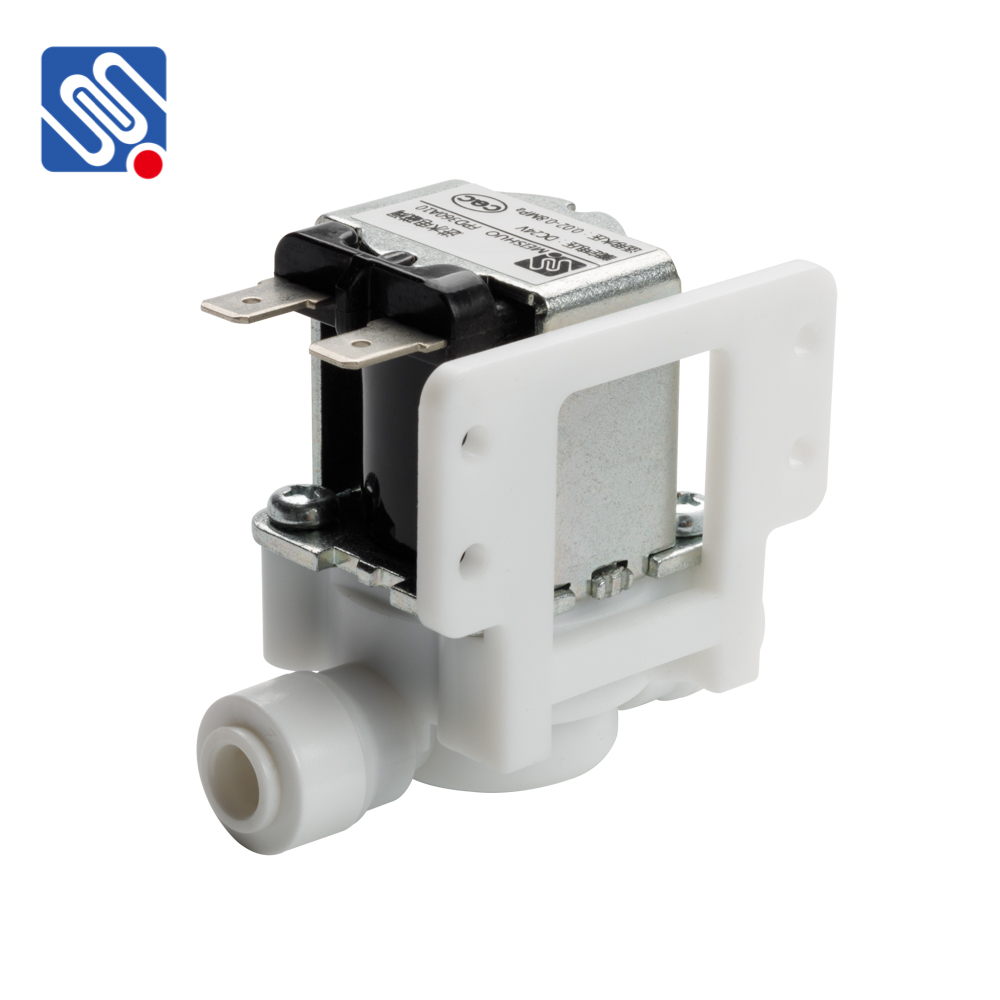A solenoid valve is an essential component in a wide range of fluid control systems, used to regulate the flow of liquids or gases in various industrial, commercial, and residential applications. Solenoid valves operate through the use of an electromagnetic coil to control the opening and closing of a valve, enabling precise flow control. Among the many materials used for solenoid valve construction, stainless steel and plastic are two of the most commonly utilized. Both materials offer distinct advantages and are suited for different environments and applications. In this article, we will explore the key features, benefits, and differences between stainless steel and plastic solenoid valves.

What is a Solenoid Valve? A solenoid valve is an electromechanical device that controls the flow of fluid in a pipeline. The valve operates via a solenoid, which is a coil of wire that generates a magnetic field when an electric current passes through it. This magnetic field pulls or pushes a plunger or armature, which opens or closes the valve, allowing fluid to flow or be blocked. Solenoid valves come in different configurations, including two-way, three-way, and four-way valves, depending on the needs of the system. Stainless Steel Solenoid Valves Stainless steel solenoid valves are favored for their durability, resistance to corrosion, and ability to withstand harsh operating conditions. These valves are typically used in high-pressure, high-temperature environments, and industries that require reliable performance and longevity. The following are some of the key advantages of stainless steel solenoid valves:
Leave a Reply